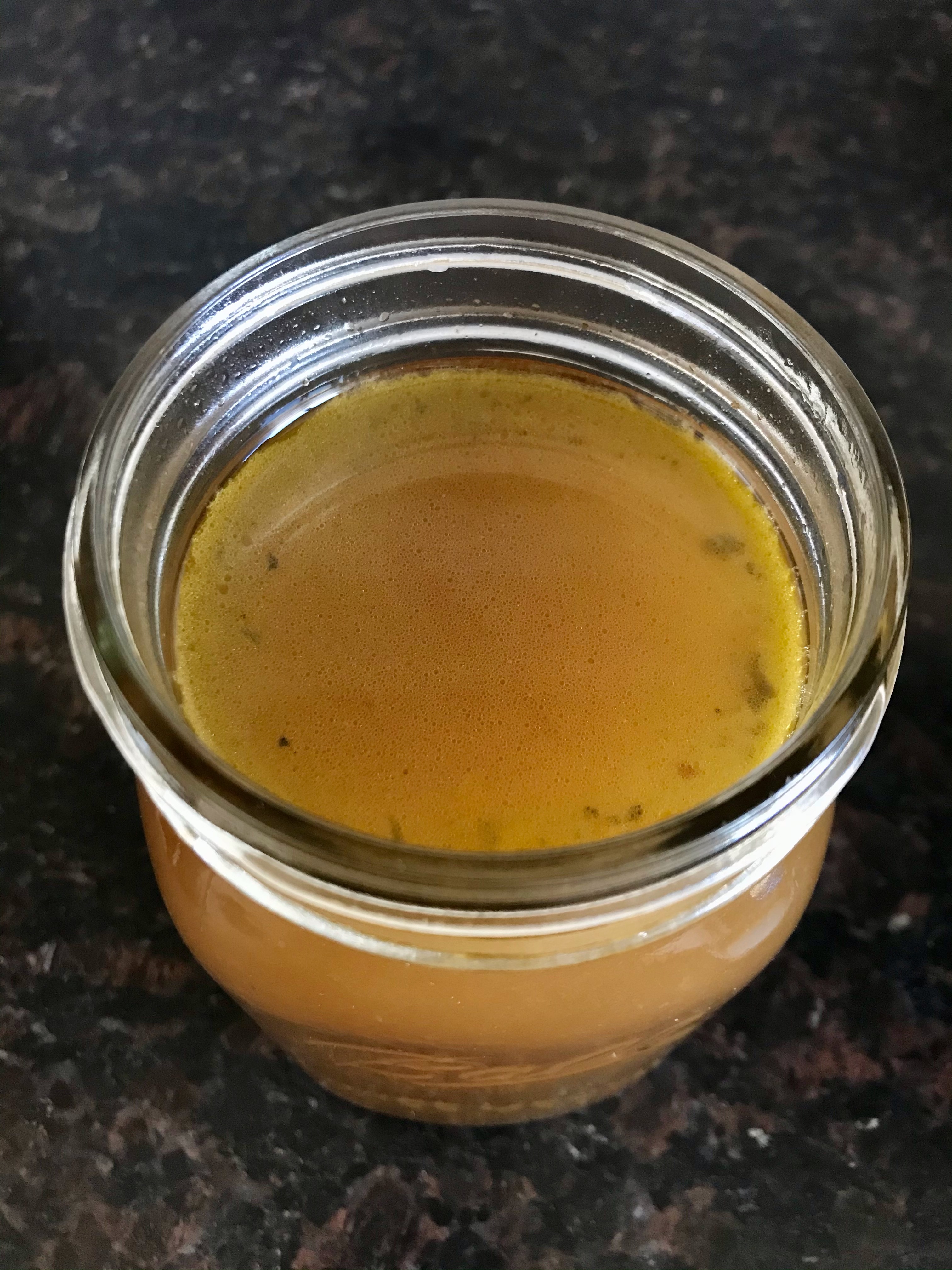Broths and Kitchen Scraps
Soups, stews, broths and stocks are a great way to reduce kitchen waste and stay warm in the winter. And though the perpetual stew isn’t feasible for most people to keep going in their homes anymore, perpetually making broth as a base for soups and stews is relatively easy. In order to keep waste at a minimum, I use only leftover kitchen scraps and keep them frozen until ready.
Supplies
- Vegetable scraps
- Slow-cooker, pressure-cooker, or stove with a pot and extra patience
- Optional: meat/bone scraps, spices



The core ingredients of a vegetable broth are carrots, celery and onions in 2-2-1 proportions. I also like to add other common scraps, like potato peels, mushrooms, wilting spinach and lettuce, but mostly for the nutrition as these don’t add much for taste. Some kitchen scraps, like tomatoes, can easily overpower the flavor of other ingredients and should be used sparingly. Chop everything into small pieces to increase the surface area and maximize extraction of both nutrients and flavor.
Leftover meats can be added, as well as bones to make a thicker stock. For the former, I like to cut or pull the meat into small pieces and sauté with the carrots, celery and onions in olive oil. I roast any bones in the oven for an hour to increase the broth’s flavor. This works well with meats like chicken or beef, fish can simply be included as is.
Spices are entirely optional and depend on your purpose for the broth. If you just want to drink the broth, you may want to consider adding pepper and salt to taste. I also like to add a couple bay leaves, and sometimes chili flakes for additional heat. If you plan to use it as a base for multiple dishes, then you may wish to keep it simple and include spices corresponding to those dishes as they’re made.
Mix your ingredients in your cooking device of choice and add as much water as you want broth, up to the maximum fill line. Cooking time will depend on the contents, as well as the device. Using a fast pressure-cooker, vegetables and fish can be done in under and hour; chicken meat, about an hour; and chicken bones, at least an hour and a half. If using a stove top, simmer for twice as long, a crock pot may take 4-6 hours or even be left overnight. Broth is forgiving but, if left too long, will turn out bitter.

When done, strain the broth through a wire mesh or colander and enjoy! The strained leftovers are mostly just fiber and/or collagen, if cooked long enough, and can be discarded or used as compost. They can also be included with the broth as part of a soup or stew, if desired. The broth can be stored in the fridge for several days, or freezer for much longer, but be careful not to overfill glass containers.



